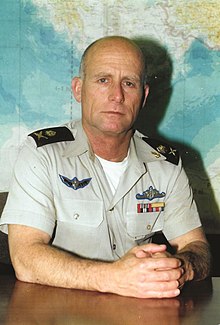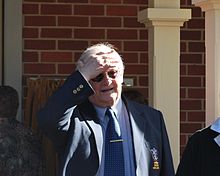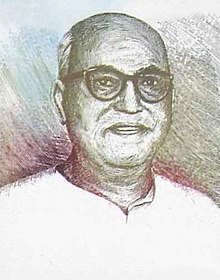Stefano Bonaccini
#63663 Most Popular
1967
1980
1993
1995
1998
1999
2007
2010
2013
2014
2015
2016
2017
2020















